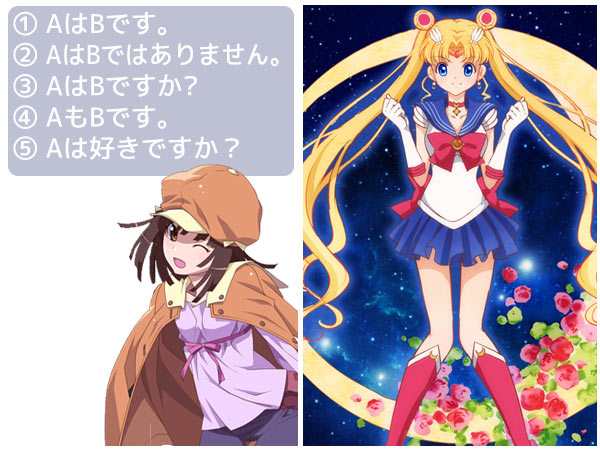
With Anime Expo finally over, the J-List staff can take some time to recover from four fun-but-tiring days of mixing with anime fans non-stop. Thanks to everyone who came by the booth to say hello, it was great talking with you – we’ll see you again there next year!
Longtime readers of my posts will know that I love fandom in all its forms, whether it’s anime, cosplay or RC cars. There’s something about a group of fans coming together with a common purpose to celebrate their love for a thing that makes me feel all warm and fuzzy inside. Over the years one of the most important anime series has been Sailor Moon, the groundbreaking magical girl anime that introduced thousands of fans to the genre, which just started its long-awaited series reboot. Sailor Moon was especially cool because, unlike earlier shows like Sally the Witch or Himitsu no Akko which were created in the wake of the popularity of Bewitched in Japan — yes, Samantha is the unofficial mother of all magical girls – it was far more accessible to boys thanks to the sentai-like battles and monsters that needed fighting every week. Our crack J-List staff continue to scour Japan for awesome Sailor Moon products for the site, so if you’re a fan, please browse today’s ranking of products and pick up the items you need!
Is Japanese a difficult language? It’s not an easy question to answer. The short answer is yes, because all languages are difficult, filled with complex vocabulary words and sticky grammatical structures and lots of nuance that take years for non-native speakers to pick up. On the other hand, I didn’t find Japanese to be incredibly difficult, or rather, I found it was possible to come up with strategies that enabled me to tackle the language successfully. One early approach that worked for me was treating sentences like mathematical equations with parts that could swapped out with other words. I would memorize sentences like those shown above and switch out subjects and objects until I could produce my own sentences with confidence.
The sentences above are:
- A wa B desu. (A is B, e.g. watashi wa America-jin desu or I am American.)
- A wa B de wa arimasen. (A is not B, e.g. anata wa Doitsu-jin de wa arimasen or You are not German.)
- A wa B desu ka? (Is A B?, e.g. kare wa Furansu-jin desu ka? or Is he French?)
- A mo B desu. (A is also B, e.g. kanojo mo Nihon-jin desu or She is Japanese, too.)
- A wa suki desu ka? (Do [you] like A? e.g. totoro wa suki desu ka? or Do you like Totoro?)
So now you can swap out the objects of those words (America-jin, Nihon-jin) and insert other words (baka, ecchi, pantsu), and communication can get started. When you’re comfortable with these sentence stubs, move on to new ones, building little trees of meaning in your brain. This is one of many strategies I came up with to help myself take on Japanese back in university, since there were very few awesome Japanese study products available back in those days.

J-List loves Sailor Moon, and has been working hard to get every awesome Sailor Moon product for our customers to enjoy. We’ve got tons of great items, from figures to transforming compacts to the popular PROPLICA Cutie Moon Rod that everyone is preordering like crazy. If you love Sailor Moon, make sure to browse the site and get the items you want!















